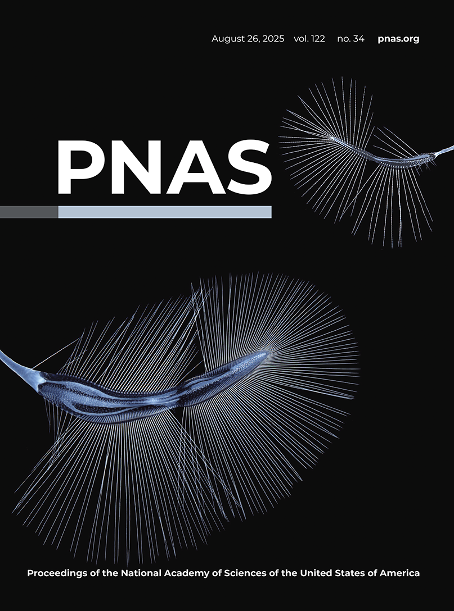Proc Natl Acad Sci U S A. 2025 Aug 26;122(34):e2507529122. doi: 10.1073/pnas.2507529122
Evolution of developmental bias explains divergent patterns of phenotypic evolution in two nematode clades
Joao Picao-Osorio1, Charlotte Bouleau2, Pablo M Gonzalez de la Rosa3, Lewis Stevens3, Nina Fekonja1, Mark Blaxter3, Christian Braendle2, Marie-Anne Félix1
Affiliations
1Institut de Biologie de l’École Normale Supérieure, CNRS UMR8197, Inserm, Ecole Normale Supérieure, Paris 75005, France.
2Institut de Biologie Valrose, Université Côte d’Azur, CNRS UMR7277, Inserm, Nice 06000, France.
3Tree of Life, Wellcome Sanger Institute, Cambridge CB10 1SA, United Kingdom.
Abstract
Rates of phenotypic evolution vary across traits, and these evolutionary patterns themselves evolve. Understanding how development contributes to such patterns remains a challenge because it requires large-scale measurement of phenotypic variation resulting from random mutations across multiple species. Using the experimentally tractable system of nematode vulval development, we quantified the evolution and mutational sensitivity of six cell fates across two clades. First, we find that the cell whose fate evolves fastest is distinct for each clade: P3.p in Caenorhabditis and P4.p in Oscheius. Second, we show that this evolutionary pattern matches the pattern of variation within species of each clade. Third, we find that within each clade, the differential effect on each cell of random mutation, quantified as their mutational phenotypic variance, is sufficient to explain the observed phenotypic evolution. Finally, we propose that the difference between clades is explained by a simple spatial shift across cells of the sensitive region in a Wnt dose-response curve. These findings underscore the importance of integrating the evolving structure of the genotype-phenotype map and measures of developmental sensitivity into the understanding of phenotypic change at both micro- and macroevolutionary scales.

